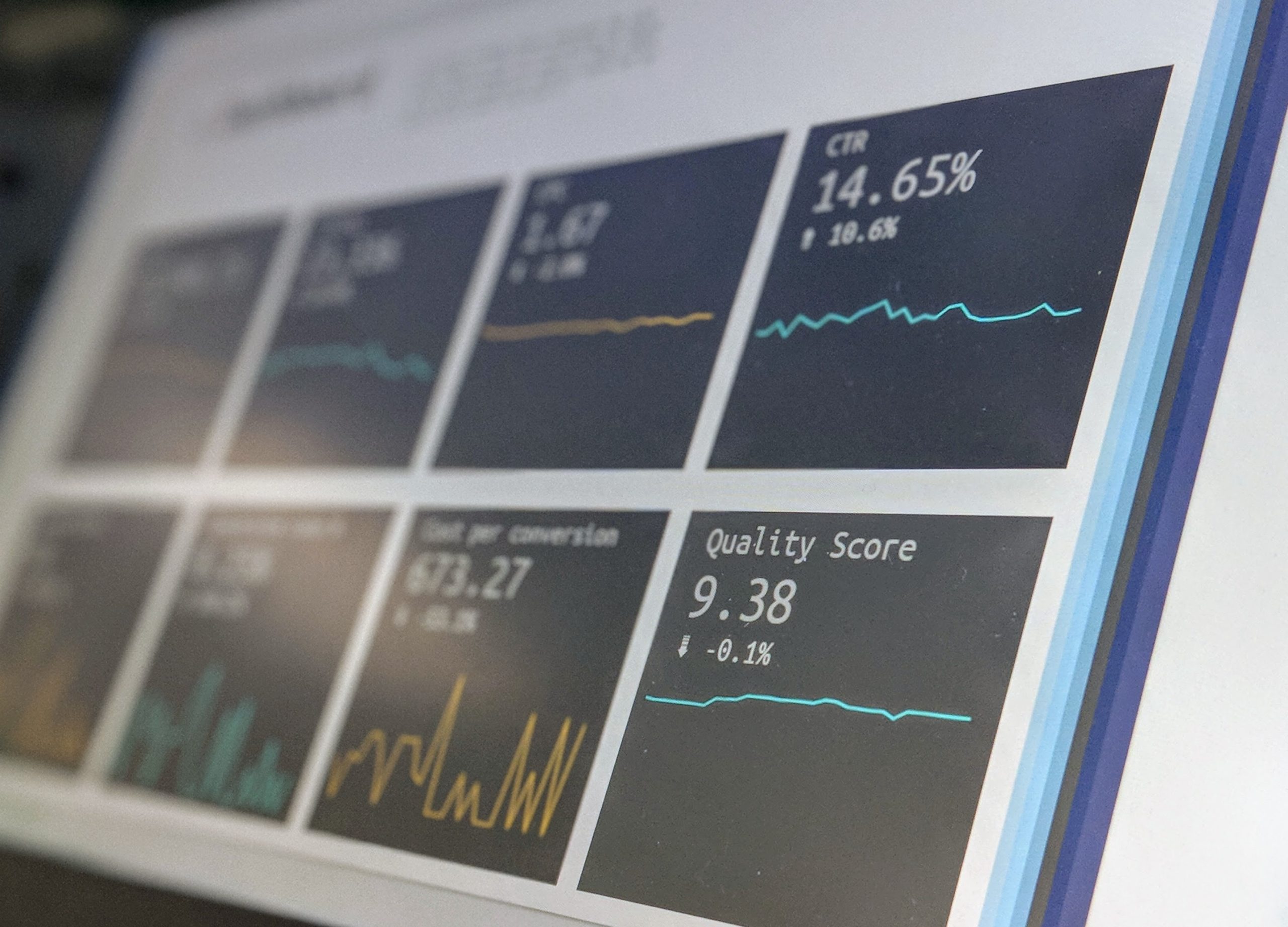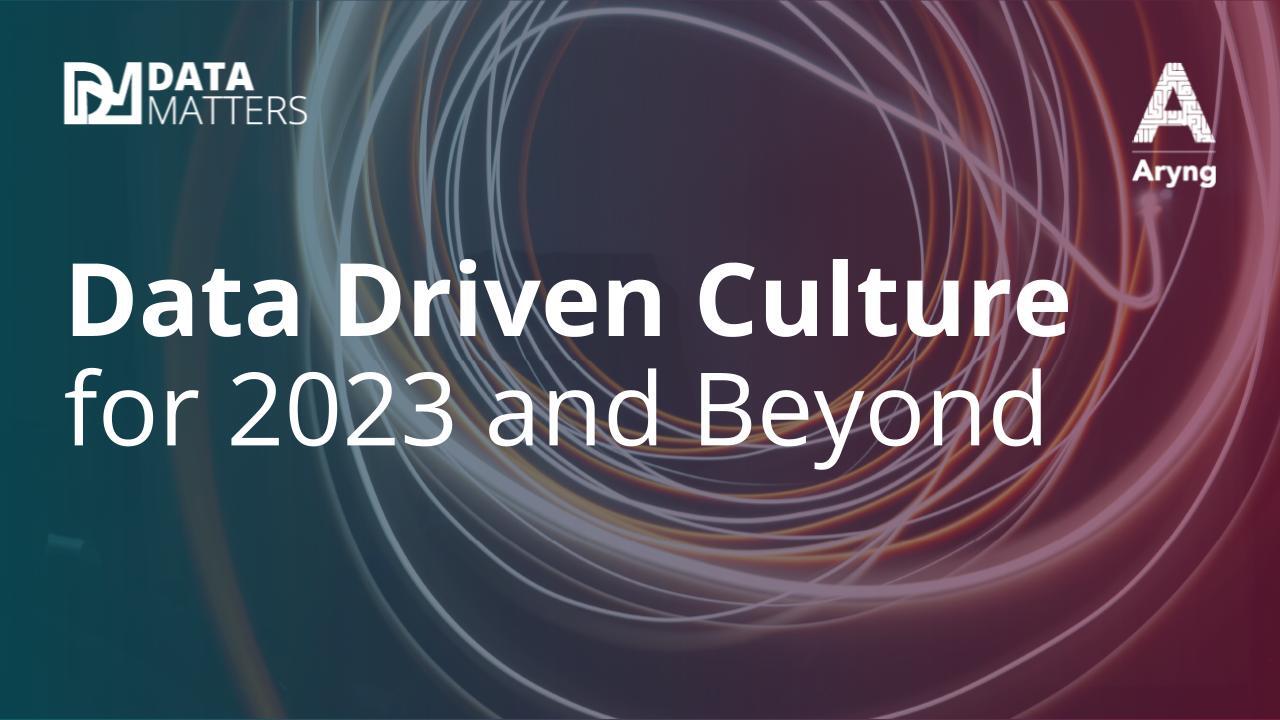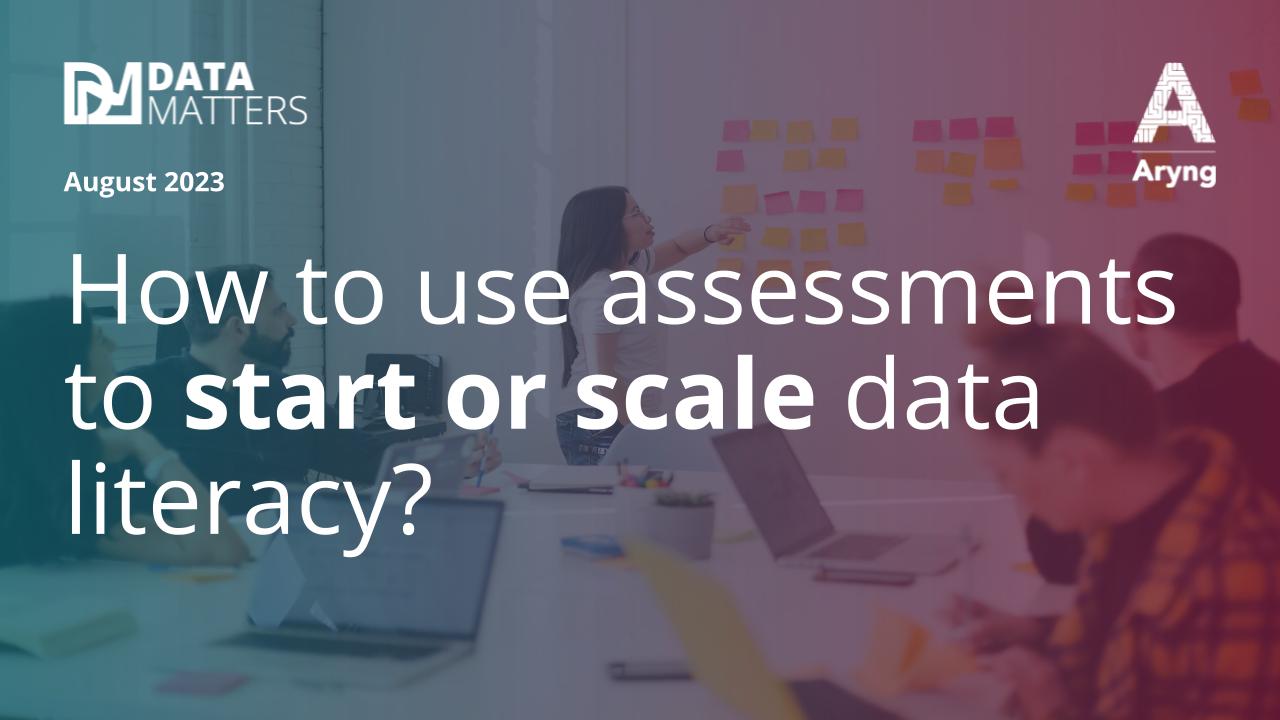
Navigating Complexities in a Large Data Team
Consider the scenario where a VP of Insights oversees a substantial team of 125 data analysts and scientists. This team, while highly skilled and experienced, often grapples with a common challenge: prioritizing strategic, value-adding projects over a deluge of ad-hoc data requests.
Introducing a Structured Intake Workflow
To address this, imagine the introduction of an intake workflow. This system is aimed at efficiently managing new data requests while encouraging data consumers towards self-service. The goal is to alleviate the data team’s workload by improving their collaboration with business stakeholders.
Challenges in the New Workflow Implementation
However, in short term, such a system may lead to unforeseen issues:
- Confusion Among Data Consumers: Users often struggle to grasp how an automated form replaces the need for direct communication, leading to uncertainty and inefficiency.
- Inefficiencies in Communication: The data team might find itself in a constant back-and-forth with requesters, trying to decipher the exact nature of their needs.
- Time-Consuming Mutual Education: Both the data team and business stakeholders spend significant time educating each other about specific business problems, data applications, and analysis methods.
The intent is to bring transparency to the type and volume of needs. Instead of simplifying processes, it can lead to an increase in dissatisfaction and bottlenecks.
Lean Principles Before Technological Solutions
This dilemma highlights the importance of streamlining processes prior to implementing a new workflow. Failing to do so can lead to amplified inefficiencies and entrench the current suboptimal practices.
Redefining the Data Request Process
The solution involves shifting the responsibility towards the business users. By crafting efficient processes and training business users in basic data analytics skills, organizations can foster a more collaborative and productive relationship between data teams and business units.

Categorizing Data Requests for Clarity
Differentiating data requests into two categories – Business Intelligence and Data Analytics – helps clarify the purpose and expected outcomes of each request. Business Intelligence requests generally lead to operational reports and dashboards, while Data Analytics requests aim to uncover strategic insights and inform business decisions.
Empowering Business Users for Effective Collaboration
One of the key challenges is the lack of data literacy among business users. By training them to articulate their needs clearly, frame problems in a data-centric manner, and understand hypothesis-led analysis, organizations can significantly improve the efficiency of the data request process.
The Art of Asking the Right Questions
Equipping business users to ask the right questions is crucial. Effective questions should elucidate the intent behind data requests, identify the stakeholders affected by the business problem, and be structured in a way that data can offer solutions.
In conclusion, through this lens, we see how VPs of Insights / Analytics of large organizations can transform the approach to data requests. By streamlining processes and enhancing data literacy among all stakeholders, data management can transition from being a routine operational task to a strategic business enabler.
Authored by Susan Stocker










